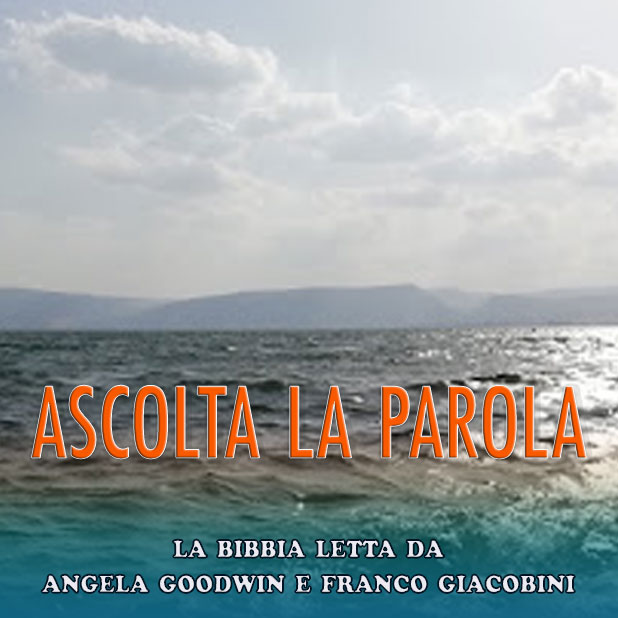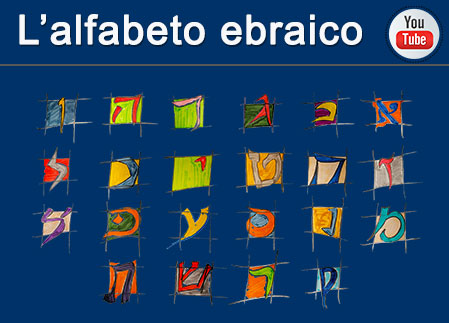Discussion Group “Jews and Christians” of the Central Committee of German Catholics (ZdK)
Germania 29/02/2008
Following its April 2007 statement on the extended permission to use the Tridentine rite, the discussion group again considered the different versions of the Good Friday prayer at its meeting inFebruary 2008 and adopted the following statement:
On February 4, 2008 Pope Benedict XVI promulgated the Good Friday prayer “For the Jews” in the extraordinary rite [Tridentine] version, which unleashed international protests from Jews and
Christians. It struck that nerve, which touches a historic trauma for Jews irrespective of their religious orientation: conversion to believing in Jesus Christ! Ever since the Middle Ages the prayer for the Jews on Good Friday has led to harsh, humiliating and dangerous excesses against the “perfidious” and “blind” Jews. Although this vocabulary of traditional enmity towards Jews does not occur in the
new intercession, old Jewish fears are evoked by the phrasing that Christians hope for the enlightening of the hearts of the Jews and their acknowledging Jesus Christ.
The new text authorized by Pope Benedict reads in English translation:
Let us also pray for the Jews. That our Lord and God may enlighten their hearts, that they may
acknowledge Jesus Christ as the Savior of all men. (Let us pray. Let us kneel. Let us stand.)
Almighty, ever living God, who will that all men would be saved and come to the knowledge of
the Truth, graciously grant that all Israel may be saved when the fullness of the nations enter into
Your Church. Through Christ Our Lord. Amen.
Irritating questions are raised by this prayer. If the Tridentine rite of 1570 (last revised in the Roman Missal of 1962) spoke of blindness and darkness, and now, however, the new intercession prays for “enlightening,“ the question arises if this is not only a friendlier sounding phrasing of the same thing.
If the Jews are to arrive at the realization and thus acknowledgement of Jesus Christ as the Savior of all humanity, do they have then to convert to believing in Jesus Christ—in the course of history or only at its end? Or will they see the Savior of the world, when history, which is the time of faith, has come to an end? Is the Jews’ acknowledgement of Jesus Christ—when and however takes place—a condition for their salvation? Or are there two ways of salvation: one for the peoples entering into the church, and another for Israel without the church? Does the church go on with her hoping and praying for Israel to be saved leaving it to God? Or must the church feel obliged to invite the Jews by the Evangelization—certainly without any coercion and without any compulsion—to believe in Jesus Christ and the gospel?
Pope Paul VI’s Good Friday liturgy renewed in the sense of the council has not raised such questions and fears. In the Roman Missal of 1970 the official English translation of the Good Friday prayer
reads:
Let us pray for the Jewish people, the first to hear the Word of God, that they may continue to grow in the love of his name and in faithfulness to his covenant that they may reach the destination set by God’s providence. (Let us pray. Let us kneel. Let us stand.)
Almighty and eternal God, long ago you gave your promise to Abraham and his posterity. Listen to your church as we pray that the people you first made your own may arrive at the fullness of
redemption. Through Christ Our Lord. Amen.”
What makes these prayers different is obvious: On the one hand in the prayer of 1970, which is said on Good Friday in the ordinary Rite of the Roman Catholic Church almost everywhere, the church
expresses unequivocally her appreciation of the dignity of Israel, God’s chosen people, to whom God has given the promises and a Covenant, that was never revoked and will never be revoked (cf. Rom
9:4 and 11:29 and the Declaration of the Second Vatican Council, Nostra aetate, 4). On the other hand the church acknowledges that the Jews who are faithful to God’s covenant and live in the love of His name are on the path to salvation. She asks that God lead Israel to fulfilment along this path. The church does not speak here of a Jewish confessing of Jesus Christ to be a condition for salvation,
because she trusts that their being faithful in God’s covenant will lead the Jews to their salvation. This conviction was also clearly expressed in our discussion group’s statement, “Jews and Christians in Germany: Responsibility in Today’s Pluralistic Society” (1) from 13 April 2005: “According to Christian faith, Jesus Christ is ‘the Yes and the Amen’ (2 Cor 1:20) of God’s irrevocable fidelity to Israel and to the whole world. Nevertheless, there is salvation for Jewish people who do not believe in Jesus as the Christ because of God’s covenant with them.”
Comparing the two prayers it becomes overwhelmingly clear that the prayer of Pope Benedict XVI is a step backward from the prayer of Pope Paul VI and from the groundbreaking words and gestures of
Pope John Paul II. We are disappointed and dismayed that Pope Benedict did not use the formulation of the “ordinary form” of the Missal of 1970 verbatim for the “extraordinary form” of the rite. In the motu proprio of July 2007, which permits the extended use of the Tridentine rite, it states that the postconciliar rite of 1970 is the norm, while the rite of 1962, although now permitted for general use, is only the exception. But it is also stressed there that both forms of the rite testify authentically to the faith of the church (lex orandi – lex credendi). The authorization of two forms weighs particularly heavily on such a historically burdened topic as the Good Friday prayer for the Jews. The ambiguity of having two authorized forms of praying for the Jews irritates Catholics and has greatly damaged the growing trust between Catholics and Jews.
It was also felt that unnecessary damage to this confidence and annoyance was caused by the fact that Pope Benedict, who—as far as we know—neither before the publication of the motu proprio in the
previous year nor before the promulgation of the new Good Friday prayer, consulted with Jewish dialogue partners to discover whether the new Good Friday intercession would hurt their religious
feelings. Numerous letters and public statements—for instance the statement of our discussion group from April 2007—had made the explosiveness of the project unmistakably clear. What is difficult to
understand is that the new Good Friday prayer for the Jews was put into effect without comment and the forceful reactions which could be expected were hazarded. The subsequent explanation of Cardinal
Kasper, that the excitement was based on misunderstandings since the text only expresses the church’s eschatological hope, was hardly convincing.
We hope for and ask Pope Benedict to revise his decision and permit only the Good Friday prayer of 1970 for the entire Roman rite.
Bonn, 29 February 2008
In the name of the discussion group “Jews and Christians” of the Central Committee of German Catholics,
Professor em. Dr. Hanspeter Heinz
Dr. h. C. Henry G. Brandt
____________________________
1) See Hanspeter Heinz and Michael A. Signer, eds., Coming Together for the Sake of God: Contributions to Jewish-Christian Dialogue from Post-Holocaust Germany (Collegeville, MN: Liturgical Press, 2007), pp. 112-131.
241 visualizzazioni.
Inserito 01/01/1970
Relazioni Ebraico-Cristiane
Ultime novità nel sito
- 19/04/2020: Articolo - L’enigma della Maddalena
- 23/02/2020: Articolo - Il locus amoenus nelle catacombe ebraiche e cristiane di Roma
- 16/02/2020: Articolo - Il profetismo nel Vicino Oriente antico
- 13/02/2020: Articolo - I Profeti della Cappella Sistina
- 09/02/2020: Articolo - Gerusalemme e la Terra Santa di Israele


